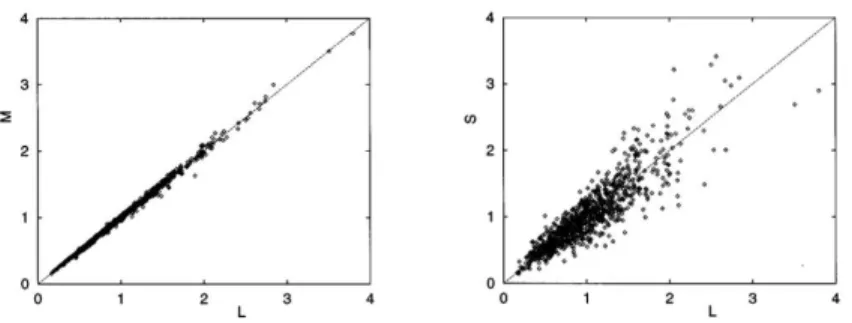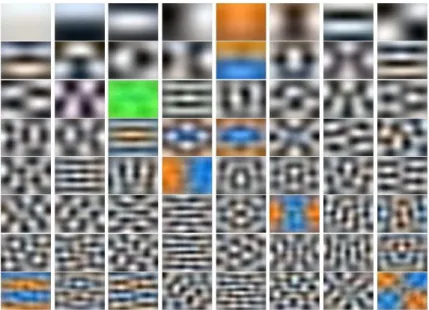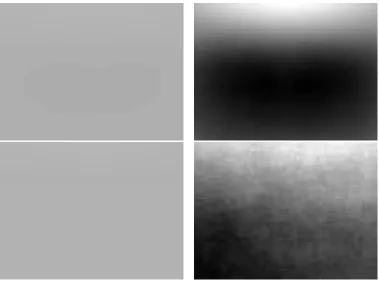On the second order spatiochromatic structure of natural images
Texte intégral
Figure




Documents relatifs
In this contribution we probe the underlying gravitational potential of the Milky Way by fitting the long (> 70 ◦ ) and narrow GD-1 stellar stream with a realistic family of
An approach that ena- bles analysis and identification of potential inflexibilities is introduced by investigat- ing second-order dependencies in an i* model of
2. A crucial tool, in this approach, is the notion of storage operator, to be defined later. As is well known, in call-by-name λ-calculus, a function must compute its argument
Interestingly, when one looks from a different perspective where new control variables replace the distance mismatches, we can solve collective motion of a rigid formation problem
Numerical results are reported for some convex second-order cone programs (SOCPs) by solving the unconstrained minimization reformulation of the KKT optimality conditions,
Then, we introduce two algorithms to convert from Boolean to arithmetic masking based on the second-order provably secure S-box output computation method proposed by Rivain et al
Ying, “Quantitative canvas weave analysis using 2-d synchrosqueezed transforms: Application of time- frequency analysis to art investigation,” IEEE Signal. Processing Magazine
Proposition 1 sheds light on the link between objective information and subjective beliefs in the Choquet expected utility model: first order beliefs aggregate (in the sense of





